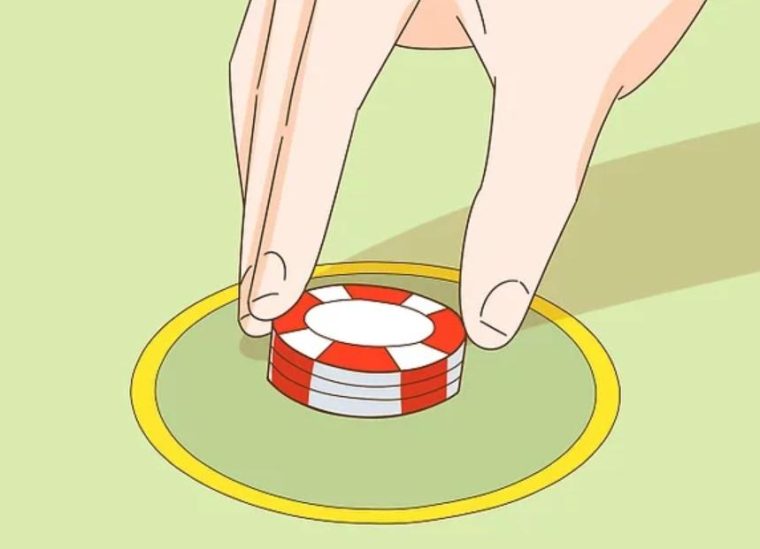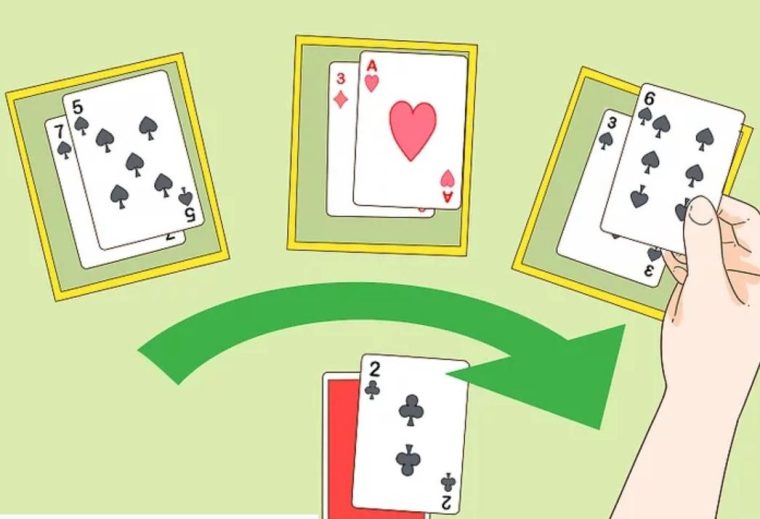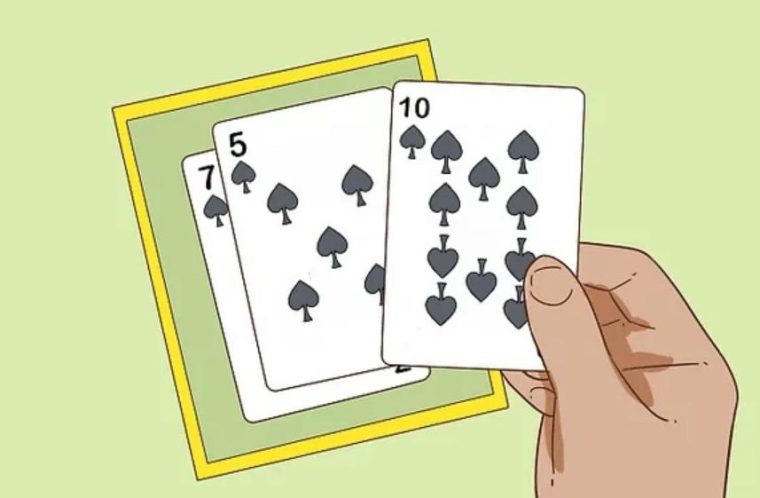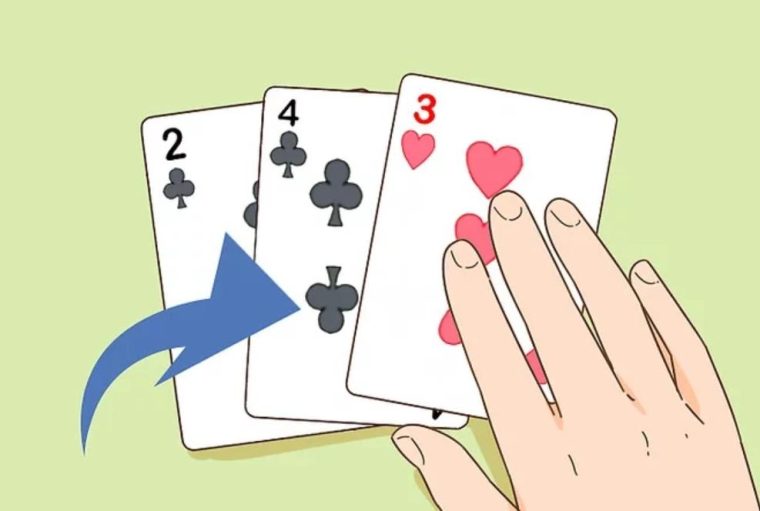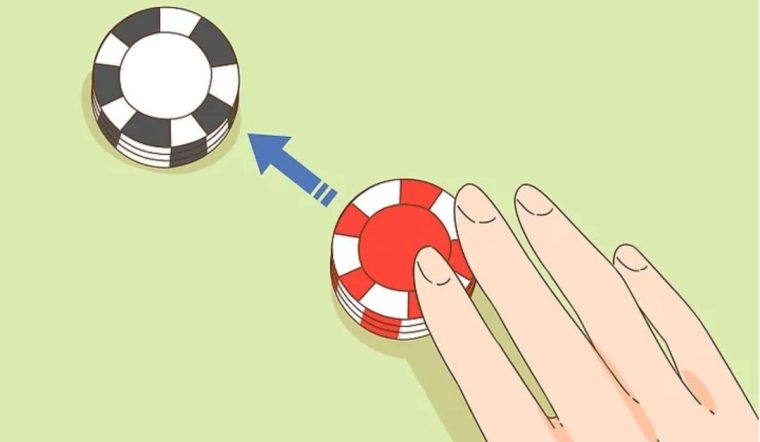Learning how to deal blackjack involves learning how to shuffle and cut cards, handle chips, deal cards, and pay winning bets correctly.
Blackjack is a card game where players try to get a hand totaling closer to 21 than the dealer. If they get over 21, then they lose the bet to the dealer. So, how do you deal like a pro? Keep reading and discover more.
Setting Up a Blackjack Game
A blackjack dealer has the responsibility of making sure that a game plays out correctly. The first is to make sure that the table has the right number of players. Most tables accommodate 7 players, but there are others with 5 and 12 spots. The dealer stands behind the blackjack table and chip rack while players sit on the opposite side of the table.
You also have the responsibility of shuffling the decks of cards, handling money, and counting chips. Once the game starts, you monitor each of the rounds and ensure accurate payouts.
You, therefore, need to understand different payouts in different circumstances when you play blackjack. Other responsibilities of the dealer include collecting bets from non-winners and keeping the cards organized.
How to Deal Blackjack – Let’s Get Started
The process of learning how to deal cards in blackjack is straightforward. In fact, there is no big difference between playing as a player or dealer. As long as you know how to play blackjack, you can easily deal cards using the below steps.
1. Preparing the Deck
The first thing you need to do as a dealer is to shuffle and cut the cards. Precisely, you need to take the deck of cards from the box and mix them thoroughly. To ensure that the cards are random, you can use techniques such as overhand shuffles or riffles. After that, you will need to ask one of the players in the betting circle to place the red cut card in between the deck and split it in two. The red cut card should remain at the bottom of one of the stacks. You can then finish the shuffle by placing the other stack on top.
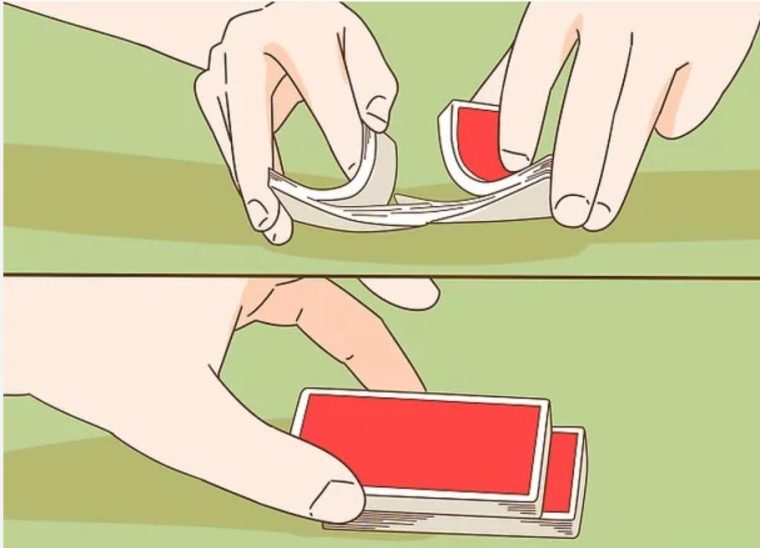
2. Placing Bets
Now that the deck is ready, you can request the players at the blackjack table to place bets. Players should place bets in the small circle located in front of them. One important thing you need to note is that you should not deal any cards until all players have placed their bets. Those players who don’t place the bets should leave the table or stay out of that round. And don’t forget; the dealer is not supposed to place a bet on their hand.
3. Initial Deal
It is now time to start dealing the cards. As a rule of thumb, you should start by dealing one card face-up to all players at the table from left to right. This card should be placed in the box located in front of the player. Again, you should place the card without re-adjusting it. Therefore, it is important you practice how to deal blackjack cards without touching them twice. You should also not allow players to touch the cards.
Once you are done with dealing one card to each of the players, you can take another card and slide it face down in front of you. This is your card, and you should not let players see its value. You should not look at this card. At this point, players and the dealer have one card each. You can now deal one more card to players and yourself, facing up. Moreover, you should put it on top of the first card in a way that you can see the number written in the corner.
4. Players’ Actions
You can now ask the players sitting next to you (on the left side) what they want to do with their blackjack hand. If they are far away from 21 and want to get closer, they will ask to “hit.” In this case, you should take another card from the deck and slide it on top of the other player’s card. After that, read the totals and show them to the player. If the player is still not close to 21 and wants to hit again, give them another card.
If the player’s total goes beyond 21, that is a “bust,” and they have lost the bet. Since the player has lost, you can take their cards and place them in the discard pile. You should also take the player’s chips and place them in the chip holder. One important thing worth noting is that the bet is not paid to you as the dealer. Instead, the chips go to the bank.
The first player has lost the bet, and you can now move to the next player. If the second player’s hand is close to 21 and they feel that they don’t want to risk busting, they can choose to stand. Once the player stands, you should not deal them any more cards. Do the same thing to all other players and check those who want to hit or stand. As long as the player wants to hit, you can deal them as many cards as they want.
Most blackjack games you will find at online casinos also have doubling down, surrendering, and splitting rules. Doubling down is where the player chooses to double their bet if they feel their hand is going to win. If they want to double, you should wait for them to place an additional bet before dealing them an extra card. For example, if the player’s initial bet was 10 chips, they can add another 10 chips.
Surrendering, on the other hand, is an optional rule when playing blackjack that allows the player to give up half of their bet if they are not confident with their hand. For instance, the player can surrender if their hand’s chance of winning is less than 50%. And lastly, splitting is one of the blackjack rules that give the player a chance to split their hand into two if they’re given two cards of the same value. Players who take this option must place an additional bet equal to the original bet. Moreover, if the split hand turns out to be blackjack, the player receives a 1:1 payout instead of a 3:2.
5. Dealer’s Turn
All players in the round have taken their turn, and it’s now your turn to reveal your face-down card. If you have an ace and the face-down card turns out to be a 10-valued card, then you have a blackjack. In this case, you have won the bet. But if you count the totals and find out to be below 16, you should take another card from the deck and slide it face up. If the total is still below 17, you should take more cards until you get a hand of 17 or more. And if the hand goes beyond 21, you will bust and lose the bet to other players with hands closer to 21.
It is important to note that there is an insurance rule that comes into play when your face-up card is an ace. When your first face-up card is an ace, you are supposed to allow players to place an insurance bet on top of their original bet if they think your face-down card is a 10. This insurance bet (considered a side bet in the game) is equal to half of the original bet and has a payout of 2:1. But if the player has a blackjack and wins the insurance bet too, the payout ratio is 3:2.
6. Finishing the Round
As a gambler who knows how to deal professionally, you are supposed to finish the round by comparing players’ hands to yours. If your hand is closer to 21 and greater than those of other players, then you have won the round. On the other hand, if players’ hands are closer to 21 and greater than yours, they have won the round. Players who finish with a hand closer to 21 will receive a payout of 1:1. Those who finish with a blackjack (ace and 10) receive a payout of 3:2. Once you have paid all winning bets, you can collect all the cards and place them face down in the discard pile.
Do You Have an Advantage if You’re Dealing Blackjack?
Blackjack is one of the table games that require you to have some gaming skills or a basic strategy on hand – read our blackjack tips page for inspiration. In other words, winning or losing depends on the decisions you make during the game. So, if you are playing as a dealer and want to have an edge over players, you first need to learn how to deal blackjack like a pro. The dealer also has an advantage in the sense that the player will always act fast. In most cases, the player will bust and lose the bet without the dealer doing anything. The player will also stand and end up losing the bet to the dealer.
